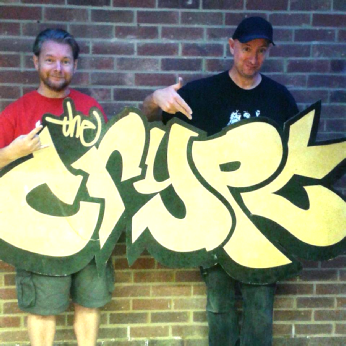PUBS OF
Hastings & St Leonards
Bat and Bee
Robertson Street
In 1872 it became known as the Cambridge Arms and in 1877 as the Cambridge Arms Wine Vaults. The name changed again in the 1880s to West’s Stores and Billiards Saloon and again in 1902 to the Bodega when it became part of the Bodega chain. At that time the premises had private accommodation for a caretaker.
In 1893 an entrance was opened up in Havelock Road, leading down to the original wine vaults, being used as a second bar and billiard room. The licensee at the time was Frederick O’Hara Hoar, who had been an architect in London and a gold miner in Colorado where he became wealthy developing a ‘machine for washing gold ore’. He then spent a few years in South Africa buying up gold claims before moving into the Bodega. O’Hara Hoar and his business partner a Mrs Clifford borrowed £1,000 from the brewers and among other things installed a Battle Shoot as a commercial enterprise. They overspent and became bankrupt with debts of £3,385.
The Battle Shoot was probably a shooting activity using small air rifles, popular at that time in pubs in the Midlands—an ideal activity for the Bodega cellar. The target was possibly a bell target, ‘a metal clock shaped device, with a small aperture in the centre, surrounded by rings. The scoring surface was coated with non-
In later years a local shopkeeper recalled that in the final years of the 19th century this saloon was the ‘best known rendezvous in Robertson Street. Here would gather in the forenoon the leading business and professional men and some town councillors, over a morning glass of wine or ale.’ An advert from that time describes the premises as a ‘celebrated house for old whiskies, vintage ports and champagnes’.
For at least 60 years from 1902, the Bodega maintained a reputation for quality, and other establishments in Hastings measured themselves against its high standards. Bodega wines were considered quality products and regarded as the best that Hastings had to offer.
This reputation continued throughout the Second World War. If you got caught in the town centre when the bombers came, what better than to take a glass in the Bodega. During one air raid in 1944, a middle class woman and her 16-
The Bat and Bee has been licensed for many years, although not from when it was first opened in 1858. It was first licensed in 1868 after the cellar, a series of caves, had been enlarged into a wine vault. The first landlord was Charles West, formerly of the Anchor, George Street, ‘for the store adjacent to the Music Hall’.
The Bat and Bee has had several names over the years but was first known as West’s Cellars. Its first licence was granted on condition that the bar ‘would be used as a refreshment room, rather than an ordinary inn and not on Sundays’. The licence was opposed by the Havelock which no doubt feared the competition.
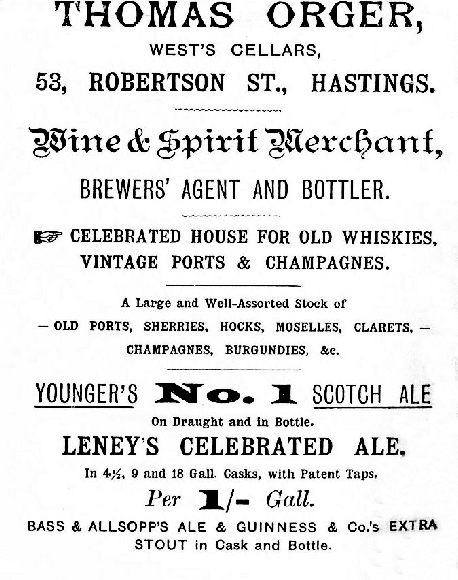
West’s Cellars 1868–1877
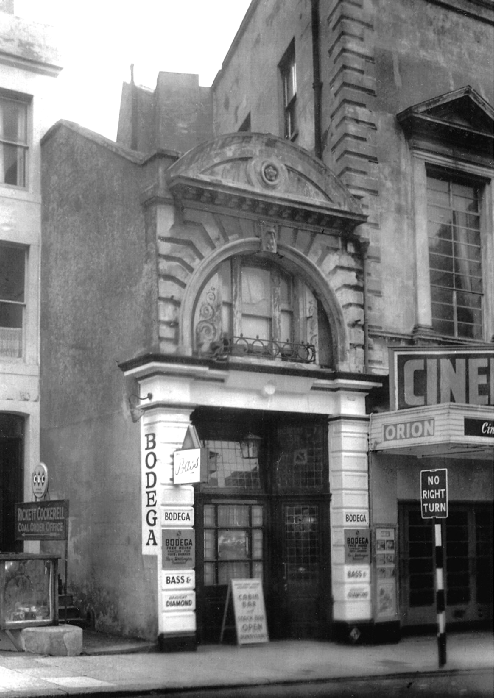
Bodega 1902–1960s Hodges
Sometime in the 1980s it was renamed the Electric Grape and in 1990 it became the Street. Roger Carey organised successful jazz nights here until 1994, with popular musicians such as John Etheridge, Mornington Lockett and Claire Hamil. “Everybody expressed great enthusiasm for the club”, he recalls and “many were introduced to jazz for the first time”.
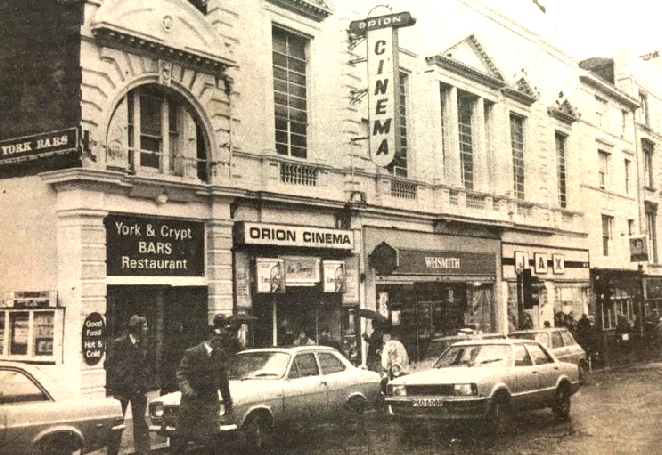
York & Crypt Bars 1978 ninebattles.com Alan Esdaile
Twenty years later the Bodega still maintained its ‘cultivated atmosphere’. Peter Skinner, a customer in the early 1960s, remembers the house from that time. “We went there quite a lot”, he says. “It was a very civilized place. Local solicitors drank there, sherry and things like that”.
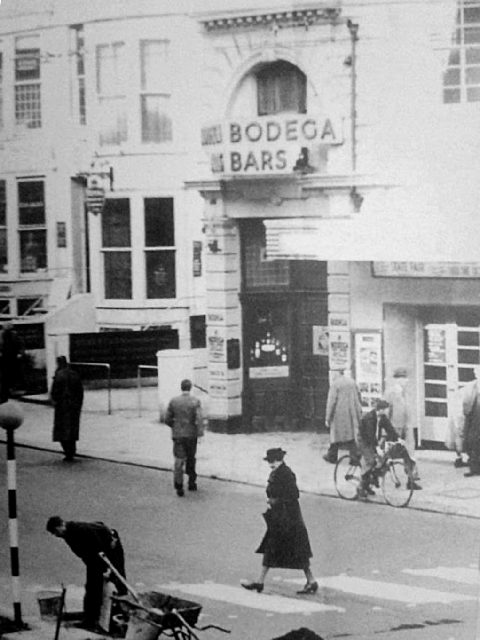
Bat & Bee as Bodega Bars c1950
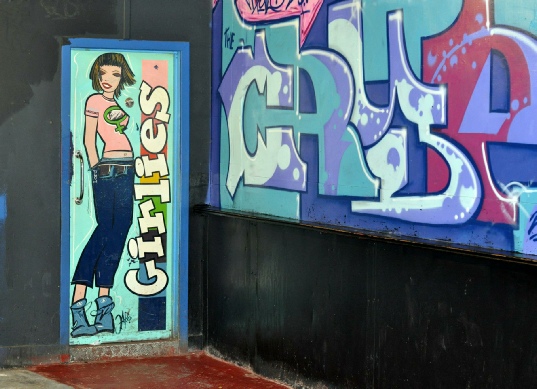
The Crypt 2013 Crypt archive
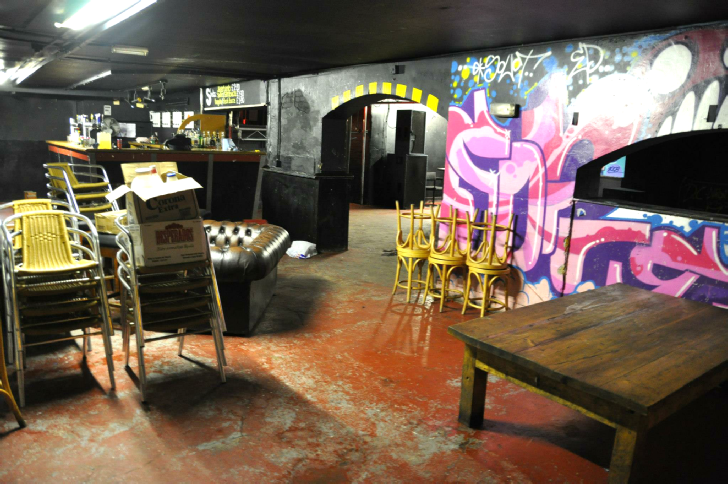
The Crypt 2013 Crypt archive
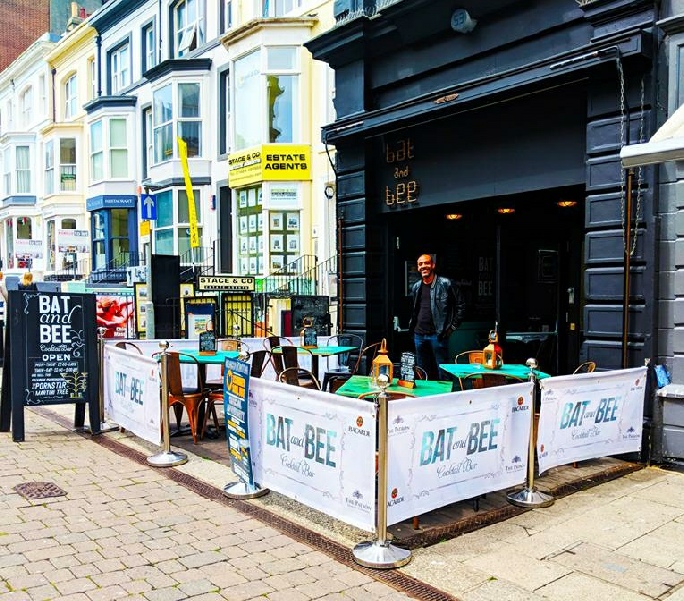
2018
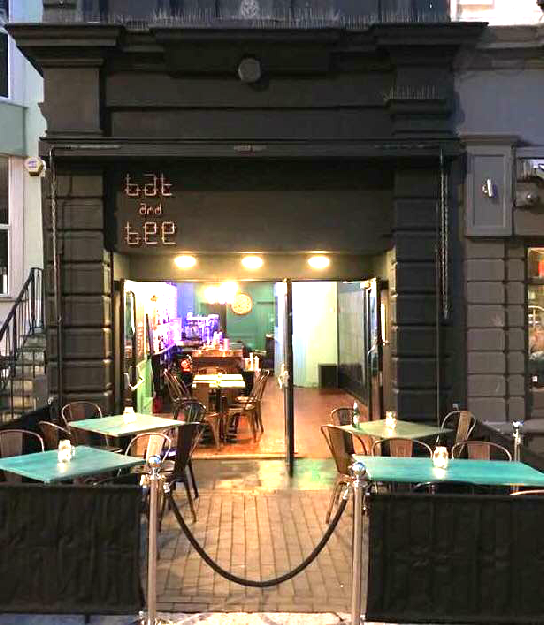
2018
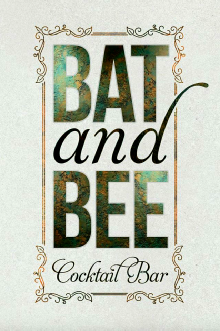
It then became Forte’s Wine and Spirit Merchants and in 1968 the York Bars, when the second entrance in Havelock Road was reopened. The cellar, underneath the York Bar, was extended in 1970 to become the Crypt, one of the most iconic music venues in Hastings. Now it was famous as the York and Crypt Bars.
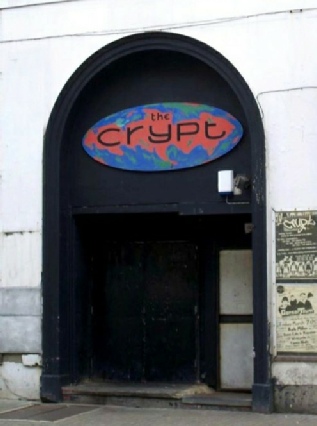
Havelock Road entrance 1994 Crypt archive
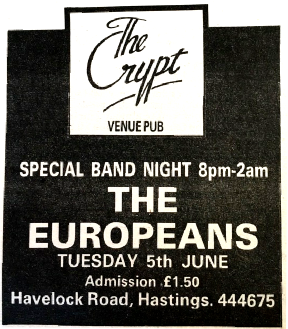
1984 Crypt archive

1995 Crypt archive
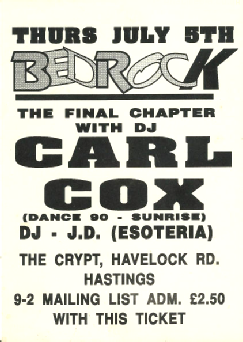
1992 Crypt archive
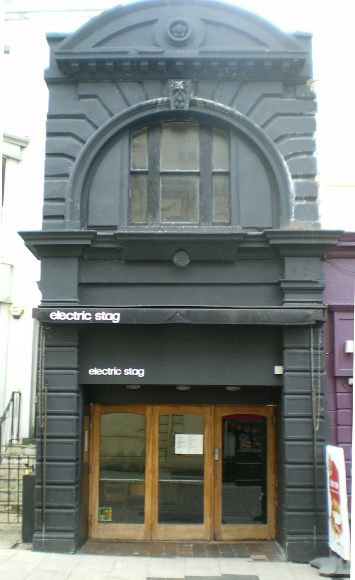
Electric Stag 2013 Russell
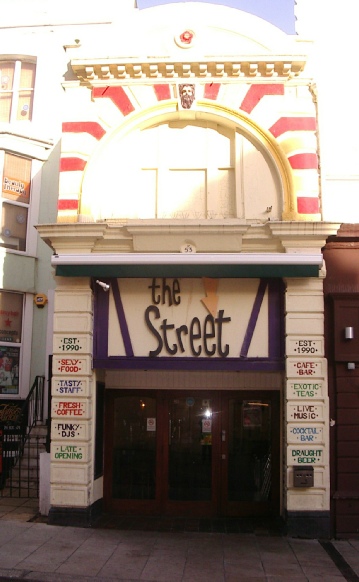
The Street 2009 Russell
The Street closed in 2011, re-
In 2018 the name changed from Virtue to the Bat and Bee — its fourteenth name in 160 years!
2017 Mark Richards
